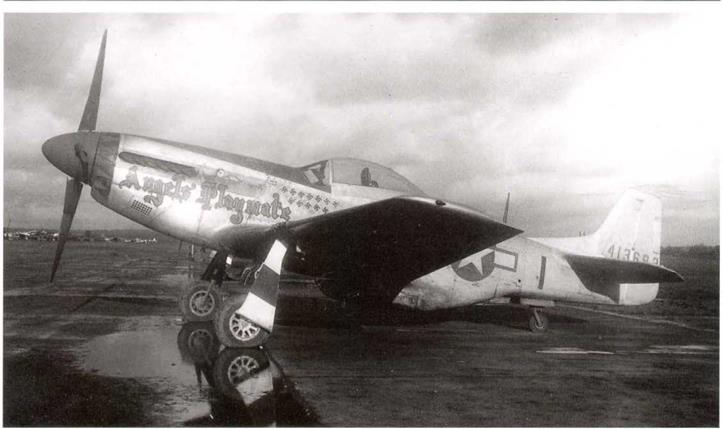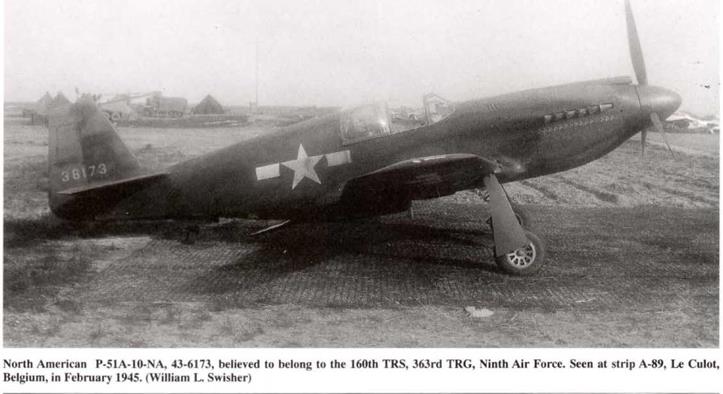Conservation of Alkyd Resin Paint Materials ordered, February 1945
Anew technical order, T, 0.07-1-13, was issued on February 1,1945. It stated that due to the strategic nature of the following alkyd resin paint materials, their use was to be kept to a minimum and restricted to aircraft, and aircraft accessories and parts. The list which followed included the aircraft camouflage enamels, gloss enamels, heat resisting enamels, zinc chromate primers, glyceryl phthalate varnishes, and all aircraft lacquers.
These materials were required for use on aircraft and aircraft parts and were not to be used on equipment, vehicles and buildings. Large stocks of these materials were not to be accumulated at any supply or maintenance activity. Lacquer could be applied over old lacquer with no zinc chromate primer as long as the surfaces were properly cleaned.
Spec. 98-24113-B revised to add new requirements for the interior finish of all aircraft, April 1945.
Amendment No. 2 to spec. 98-24113-B was issued on April 6,1945, and added three new paragraphs containing new requirements for the interior finishes of all AAF aircraft. They read as follows (paraphrased to shorten the official verbiage):
E-la. All interior parts of airplanes, which by reflection may be seen in the glass of windshields, cockpit enclosures, turrets, armor glass, etc., shall have one coat of zinc chromate primer, and are then to have two coats of camouflage lacquer or one coat of camouflage enamel. The color is to be black, shade no. 604 of Bulletin No. 157.
E-lb. All interior portions of cockpits, enclosure decks, turrets, engineers’, bombardiers’,and navigators’ stations, etc,, of airplanes (which are visible to crew members in flight, and are subject to direct rays of the sun) shall have one coat of zinc chromate primer, followed by two coats of camouflage lacquer or one coat of camouflage enamel. The color shall be medium green, shade no. 612 of Bulletin No. 157

|

|
Very rare photograph of a Martin AT-23B-MO, 41*35768, complete with camouflage and somewhat modified invasion stripes on fuselage. Seen in February 1945, at strip Y-32, Ophaven, Belgium, it was a gunnery training/’tow target version of the B-26C-MO. 375 were built, of which 225 went to the Navy as JM-ls. (William L. Swisher) |
E-lc. The requirements in the above paragraphs for supplemental finishes on the interior of airplanes do not apply to electrical cables or other equipment whose operational functionality or reliability may be affected by overpainting.











